ZEP-RE and Planet collaborate on drought insurance program in Africa
Friday, 16 December 2022 11:32 Planet Labs PBC (NYSE: PL), a leading provider of daily data and insights about Earth, have announced a new contract with ZEP-RE, a reinsurance company based in Nairobi, Kenya, to leverage Planet's Basemaps products to enhance drought risk protection in the Horn of Africa (HOA).
ZEP-RE aims to leverage PlanetScope 3-5 meter resolution imagery through Planet's analysis-ready, Surface Reflec
Planet Labs PBC (NYSE: PL), a leading provider of daily data and insights about Earth, have announced a new contract with ZEP-RE, a reinsurance company based in Nairobi, Kenya, to leverage Planet's Basemaps products to enhance drought risk protection in the Horn of Africa (HOA).
ZEP-RE aims to leverage PlanetScope 3-5 meter resolution imagery through Planet's analysis-ready, Surface Reflec Advanced Air Mobility makes travel more accessible
Friday, 16 December 2022 11:32 Edwards AFB CA (SPX) Dec 15, 2022
Imagine requesting an air taxi by app, like you do now with Uber or Lyft, to travel to your local airport - you could be soaring above road traffic and arrive much faster than driving.
Aviation industry creatives are already designing rideshare air services between home and the airport. New remotely piloted and autonomous aircraft will make air travel mor
Edwards AFB CA (SPX) Dec 15, 2022
Imagine requesting an air taxi by app, like you do now with Uber or Lyft, to travel to your local airport - you could be soaring above road traffic and arrive much faster than driving.
Aviation industry creatives are already designing rideshare air services between home and the airport. New remotely piloted and autonomous aircraft will make air travel mor Even safer satnav for aircraft: upgraded EGNOS on the way
Friday, 16 December 2022 10:01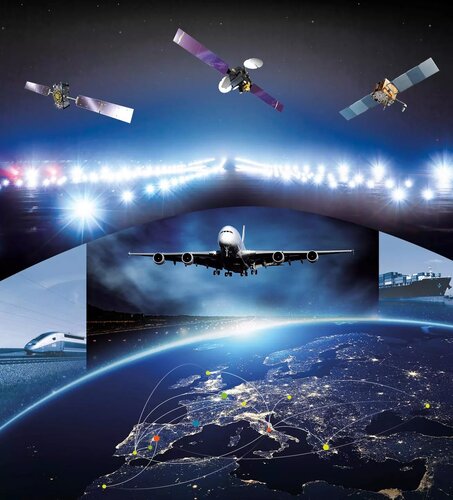
Making satellite navigation sufficiently accurate by improving its integrity for aircraft to rely on, the European Geostationary Navigation Overlay System, EGNOS, is today employed by hundreds of airports across our continent, guiding airliners down through all weathers to the point where pilots gain sight of runways to initiate landing. Now an upgraded version of the system, EGNOS v3, has passed its Critical Design Review – putting it on track to enter service by the second part of the decade.
China completes seventh space launch inside 10 days
Friday, 16 December 2022 08:06
China launched a Long March 11 solid rocket from Xichang early Friday, completing a campaign of seven orbit launch attempts in just over a week which included the debut of two new launch vehicles.
Earth from Space: Dublin, Ireland
Friday, 16 December 2022 08:00
Dublin, the capital and largest city of Ireland, is featured in this image captured by Copernicus Sentinel-2.
Wallops officials look for growth in launch activity with Rocket Lab
Thursday, 15 December 2022 23:05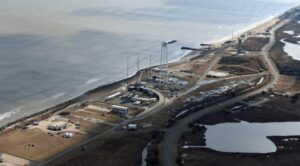
The first Electron launch from Wallops will mark what spaceport officials hope is the start of a new era of increased launch activity there.
The post Wallops officials look for growth in launch activity with Rocket Lab appeared first on SpaceNews.
EOI Space forges equity and sales pact with Japan’s NTT Data
Thursday, 15 December 2022 22:25
EOI Space, the Earth-observation startup formerly known as Earth Observant, attracted its first major customer for ultra-high-resolution imagery drawn from a constellation of satellites destined for very low Earth orbit.
The post EOI Space forges equity and sales pact with Japan’s NTT Data appeared first on SpaceNews.
Arqit drops plan to operate quantum encryption satellites
Thursday, 15 December 2022 22:20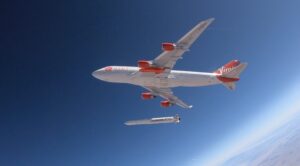
British cybersecurity software developer Arqit is looking to sell a partly built satellite after scrapping plans for a space-based quantum encryption network.
The post Arqit drops plan to operate quantum encryption satellites appeared first on SpaceNews.
Space acquisition chief: DoD will buy small satellites, at fixed prices
Thursday, 15 December 2022 22:11
Frank Calvelli, assistant secretary of the Air Force for space acquisitions and integration, wants acquisition officers to avoid cost-plus contracts and buy satellites at fixed prices
The post Space acquisition chief: DoD will buy small satellites, at fixed prices appeared first on SpaceNews.
NASA Awards Contract to Maintain Webb Telescope Operations
Thursday, 15 December 2022 20:02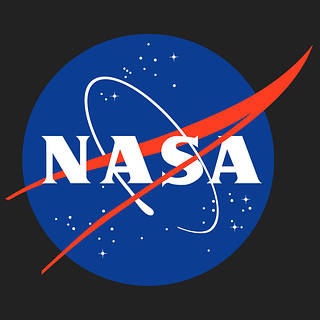 NASA has selected Northrop Grumman Systems Corporation of Redondo Beach, California, to support the James Webb Space Telescope Phase E – Operations and Sustainment contract.
NASA has selected Northrop Grumman Systems Corporation of Redondo Beach, California, to support the James Webb Space Telescope Phase E – Operations and Sustainment contract. Hibernation. We research. You benefit.
Thursday, 15 December 2022 15:32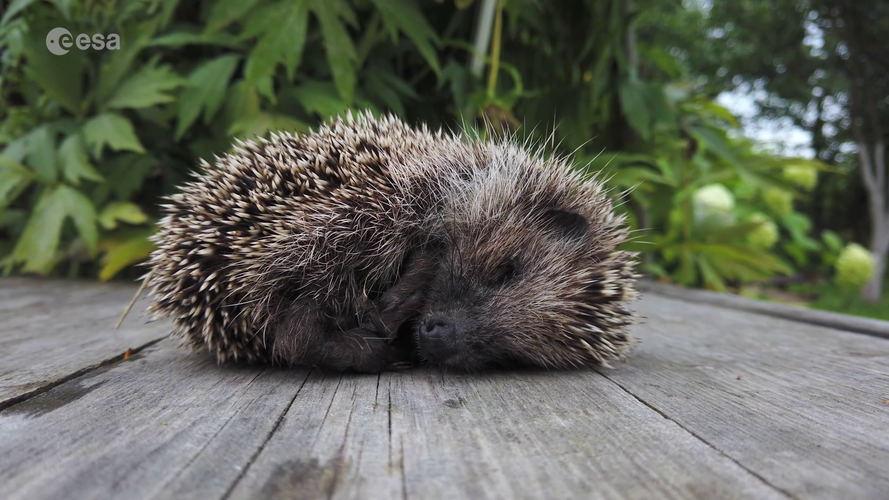 Video:
00:07:57
Video:
00:07:57
Did you know that ESA is researching human hibernation for long distance spaceflight to Mars or beyond?
Hibernating astronauts could be the best way to save mission costs, reduce the size of spacecraft by a third and keep crew healthy on their way to Mars. An ESA-led investigation suggests that human hibernation goes beyond the realm of science-fiction and may become a game-changing technique for space travel.
When packing for a return flight to the Red Planet, space engineers account for around two years’ worth of food and water for the crew.
Torpor during hibernation is an induced state that
Healthier diets for astronauts on spaceflights may improve health and performance
Thursday, 15 December 2022 15:00
Astronauts could be given an enhanced diet during spaceflights that includes a greater variety and quantity of fruits, vegetables, and fish to improve their health and performance compared to standard spaceflight food, reports a study published in Scientific Reports.
Although conducted in a spaceflight simulation chamber on Earth with 16 individuals, these findings may have implications for astronaut health and decisions about food resource priorities on spaceflights.
Long-duration spaceflight is known to impact human health, and spacecraft size and power constraints limit what can be taken into space. The food astronauts eat may have the potential to mitigate some negative health changes during spaceflight, but in turn the food can be limited by mass, volume, shelf-life, and storage requirements.
Hubble helps discover a new type of planet largely composed of water
Thursday, 15 December 2022 15:00
Researchers have found evidence for the existence of a new type of planet they have called a “water world,” where water makes up a large fraction of the entire planet. These worlds, discovered in a planetary system 218 light-years away, are unlike any planets in our Solar System.
Russian space capsule leak likely caused by micrometeorite
Thursday, 15 December 2022 14:43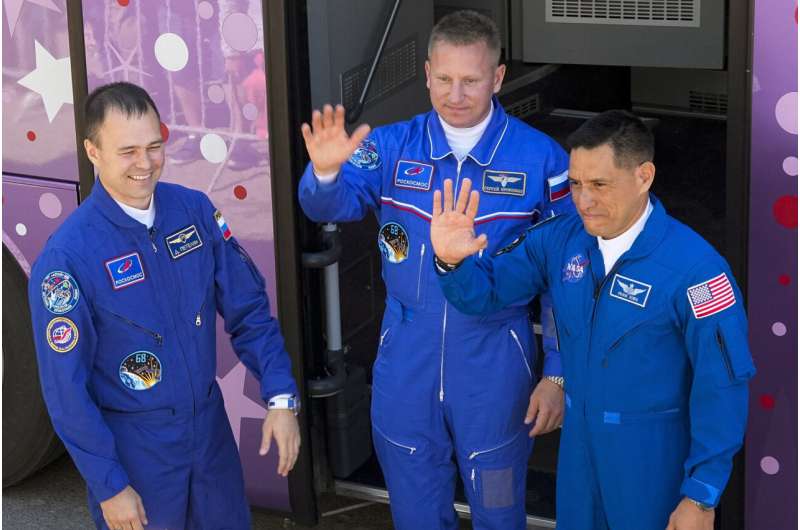
Micrometeorite possibly behind Russian space capsule leak
Thursday, 15 December 2022 14:43

